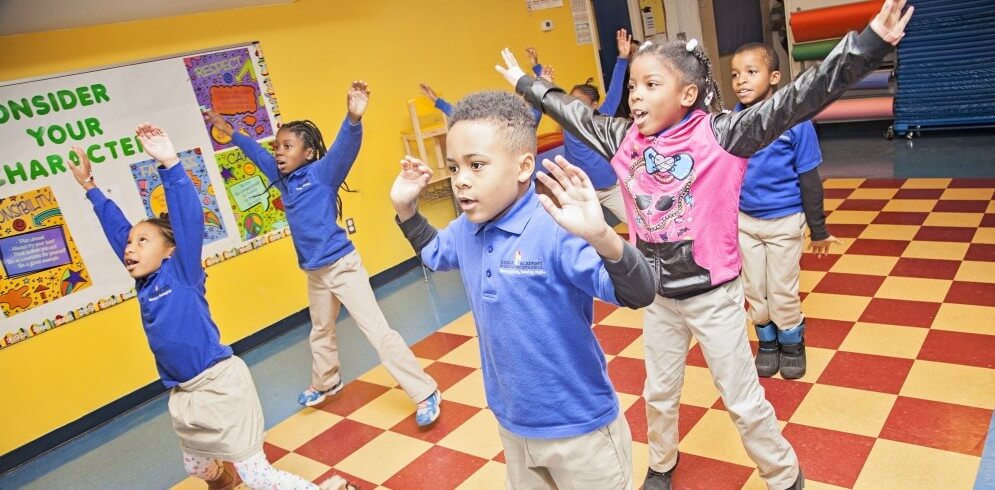A Tale of Two Systems: Education Reform in Washington D.C.
By: / 09.15.2015
Download PDFAn important contest is taking place in Washington, D.C.—a race between two vehicles designed to carry children into the future with the habits and skills they need to live productive, meaningful lives.
The older of the two, the District of Columbia Public Schools (DCPS), uses a “unified governance model” that emerged more than a century ago, in which the district operates all but one of its 113 schools and employs all their staff, with central control and most policies applied equally to most schools. Since 2007, when Michelle Rhee became chancellor, DCPS leaders have pursued the most aggressive reform effort of any unified urban district in America.
Racing against them—and carrying 44 percent of D.C. public school students—is a very different vehicle, designed and built largely in this century. This model does not own or operate any schools. Instead, it contracts with 62 independent organizations—all of them nonprofits—to operate 115 schools. It negotiates contracts with operators, lets parents choose their schools, shuts down those that repeatedly fail to achieve their performance goals, and replicates those that are most effective. We know these as charter schools, authorized by the Public Charter School Board (PCSB), which Congress legislated into existence in 1996. Like DCPS, the Charter Board is a leader in its field, considered by experts one of the best authorizers in the nation.
Under both models, student performance is improving. Comparisons are tricky, because their demographics are different. DCPS students are not as poor: 75 percent qualify for a free or reduced price lunch, compared to 82 percent in charter schools. DCPS has more white students: 12 percent compared to charters’ 5 percent. And DCPS schools get $7,000 to $9,000 more per student each year than charter —particularly for their buildings and pensions.
On the other hand, all charter families make an active choice of schools, while only about half of DCPS families do, so some believe charter students are more motivated. Most experts agree that DCPS has more students “in crisis”—homeless, coming out of jail, former dropouts, and so on—because families in crisis don’t usually make the effort to apply for charters. And many charters don’t accept students midway through the school year or “backfill” seats after students leave, while most DCPS schools do. Far more students leave charters for DCPS during the school year than the reverse, and sometimes the new entrants set back schools’ test scores, graduation rates, and attendance rates.
It is hard to say just how these realities balance out. Fortunately, there are two independent studies that try to compensate for student demographics (but not for other factors). Stanford University’s Center for Research on Education Outcomes (CREDO) is a respected academic organization that has published extensive studies comparing charter and traditional public school performance on standardized tests. Its methodology compares charter students to demographically similar students in traditional public schools who have had similar test scores in the past.
Download “2015.09-Osborne_Tale-of-Two-Systems_Education-Reform-in-Washington-DC”

